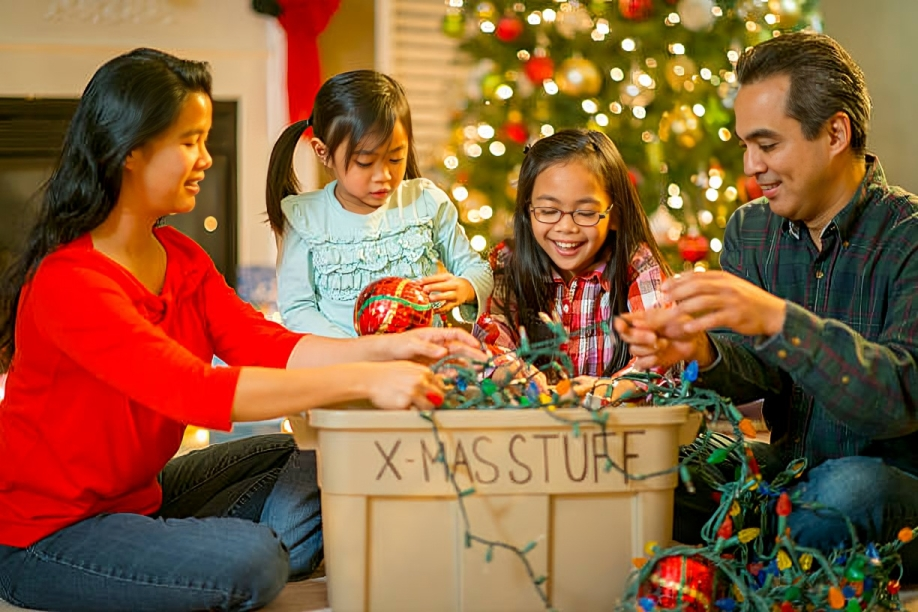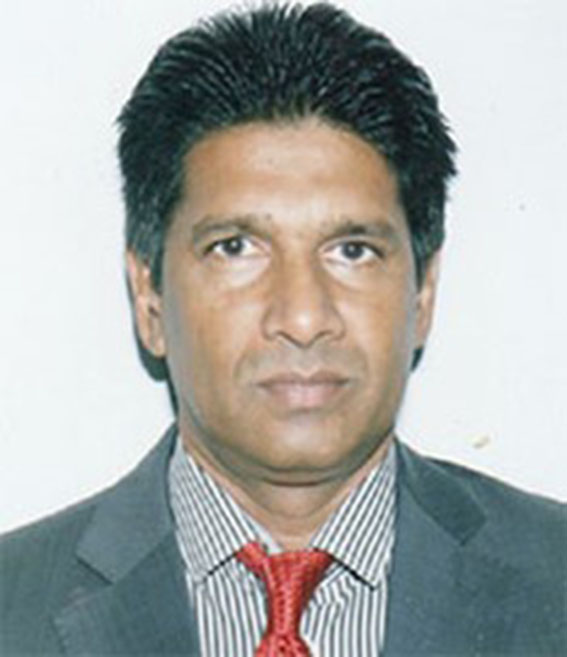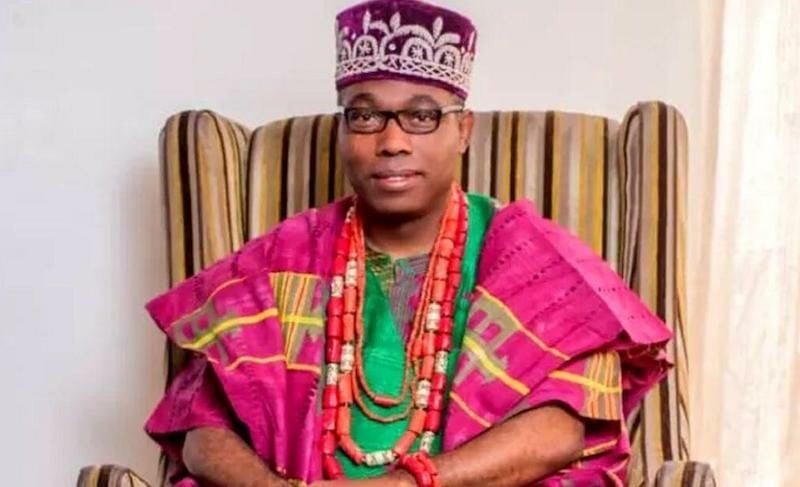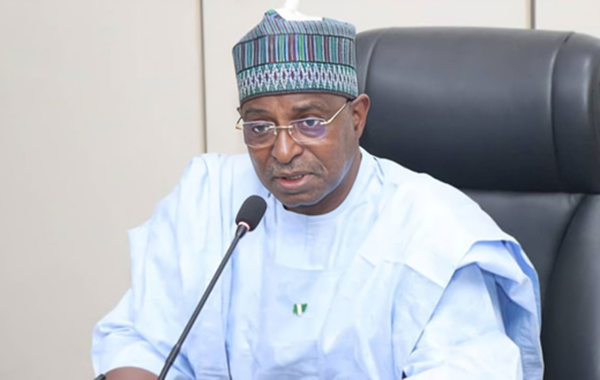By Adeola Olatunji
Copyright pulse

When most of the world still has its mind on summer holidays or back-to-school shopping, Filipinos are already dusting off their Christmas lights and queuing up festive songs.
As soon as September begins, the Philippines transforms into a country-wide Christmas wonderland, marking the start of what is widely recognised as the longest Christmas season in the world.
While the official holiday is still celebrated on 25 December, the Filipino Christmas spirit stretches from September right through to early January.
But what exactly makes the Philippines so eager to start Christmas four months ahead of schedule? The reasons run deep, rooted in culture, faith, family traditions, and even a touch of economic strategy.
The ‘Ber Months’ Tradition
For Filipinos, the phrase “It’s the ber months” carries a special meaning. September, October, November, and December are affectionately grouped together as the festive stretch of the calendar.
Once September arrives, Christmas carols begin to play on the radio, shopping malls put up dazzling decorations, and families start planning reunions.
This phenomenon is not just about being holiday-obsessed. It reflects the importance of anticipation and preparation in Filipino culture. Christmas is seen as the ultimate season of joy, generosity, and togetherness.
By beginning the celebrations early, they are able to extend the period of happiness and create more opportunities to gather with loved ones.
Faith and Colonial Roots
The Philippines is a predominantly Catholic nation, with over 80% of its population identifying as Roman Catholic. The faith’s influence on Filipino life cannot be overstated, and Christmas, celebrating the birth of Jesus Christ, is the most significant religious holiday of the year.
The tradition of long preparations can be traced back to Spanish colonial times, when Catholicism was introduced and festivals surrounding major religious events often stretched across weeks.
The custom of early anticipation was gradually woven into the local culture, eventually cementing September as the unofficial start of the Christmas season.
Family, Food, and Togetherness
One of the strongest reasons Christmas starts so early in the Philippines is the value placed on family and community. The holiday season is a time for reunions, with Overseas Filipino Workers (OFWs) often returning home to be with loved ones. For many families separated by work or migration, the long season ensures plenty of time to reconnect.
Food is another centrepiece of the celebrations. Traditional delicacies like bibingka (rice cakes baked in clay pots) and puto bumbong (purple rice cakes steamed in bamboo tubes) are staples at Christmas markets and after church services. The iconic Noche Buena feast on Christmas Eve is anticipated for months, with families planning and saving early to make it special.
The extended lead-up allows Filipinos to savour these moments gradually, turning Christmas into more than a single day but a lifestyle of celebration.
Comparisons With Other Countries
In most parts of the world, Christmas is confined to December, with occasional hints of holiday marketing appearing in late November. Western countries often see Christmas begin after Thanksgiving in the United States or the start of Advent in Europe.
In contrast, the Philippines do not wait for a formal marker. As soon as the calendar hits September, the season begins in earnest. While some cultures might see this as rushing, for Filipinos it is a point of pride, a way to express their warmth, hospitality, and joyful spirit.
Beyond December: Celebrating Into January
What truly makes the Filipino Christmas remarkable is not only how early it starts, but how long it lasts. The season doesn’t end on 25 December. Instead, it stretches into the Feast of the Three Kings in early January, also known as Epiphany. In some communities, traditions extend even further, blending Christmas with New Year festivities.
This elongated celebration ensures that the spirit of generosity, faith, and joy lingers well beyond the main holiday. It is both a cultural statement and a source of national identity.



